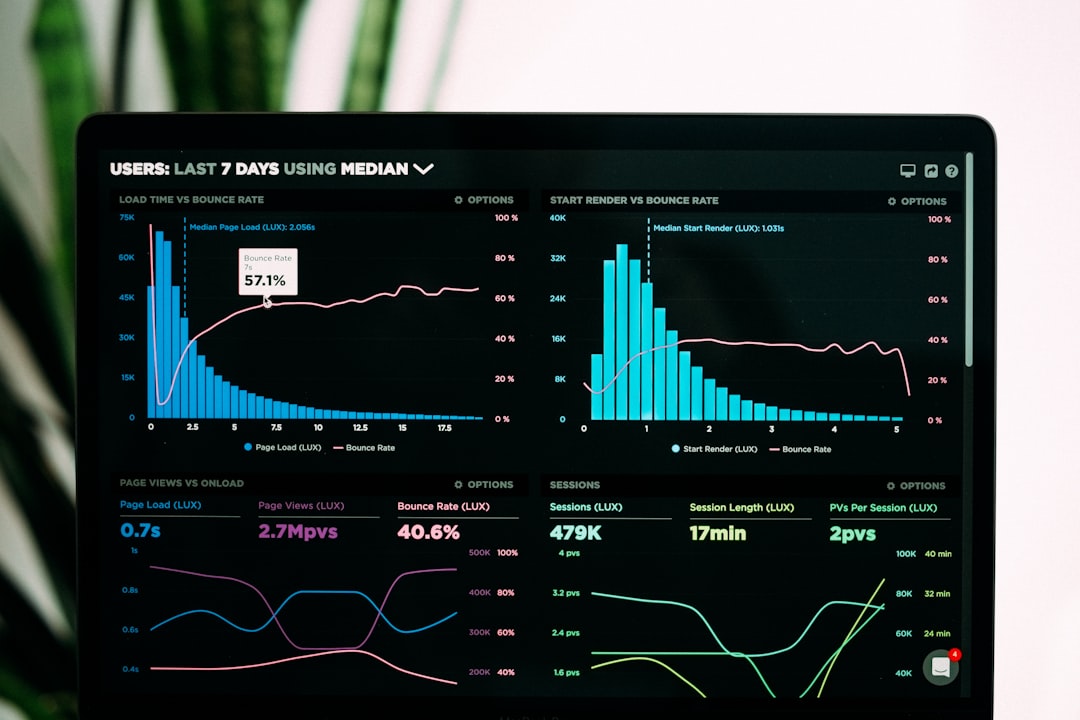Behavioral triggers are a powerful tool for businesses looking to deliver more personalized, relevant experiences to their audiences. By using data to identify specific behaviors or actions taken by customers, businesses can create automated messages that are tailored to individual needs and interests. In this article, we'll explore how to use behavioral triggers in your marketing automation strategy.
Define Your Triggers: The first step in using behavioral triggers is to define the specific behaviors or actions that will trigger automated messages. This may include things like abandoned cart emails, welcome series emails, or re-engagement campaigns based on a customer's last interaction with your brand. By defining your triggers upfront, you can ensure that your messaging is targeted and relevant to each individual customer.
Create Personalized Messaging: Once you've defined your triggers, it's time to create personalized messaging that resonates with your audience. This may involve tailoring your subject lines, calls-to-action, and content based on each customer's behavior. For example, if a customer abandons their cart, you may send them a follow-up message that includes a discount code or free shipping offer to incentivize them to complete their purchase. By delivering personalized messaging that speaks to individual needs and interests, you can increase engagement rates and drive conversions over the long term.
Measure and Optimize: Finally, it's important to measure and optimize your behavioral triggers on an ongoing basis. By tracking metrics like open and click-through rates, conversion rates, and revenue generated, you can gain insights into what's working and what's not. Use this data to make informed decisions about where to allocate resources and how to optimize your messaging for maximum impact.
In conclusion, behavioral triggers are a powerful tool for businesses looking to deliver more personalized, relevant experiences to their audiences. By defining your triggers, creating personalized messaging, and measuring and optimizing your efforts on an ongoing basis, you can drive engagement rates and conversions over the long term. As technology continues to evolve, it's more important than ever to stay on top of emerging trends and adjust your marketing automation strategy accordingly in order to stay ahead of the competition.
